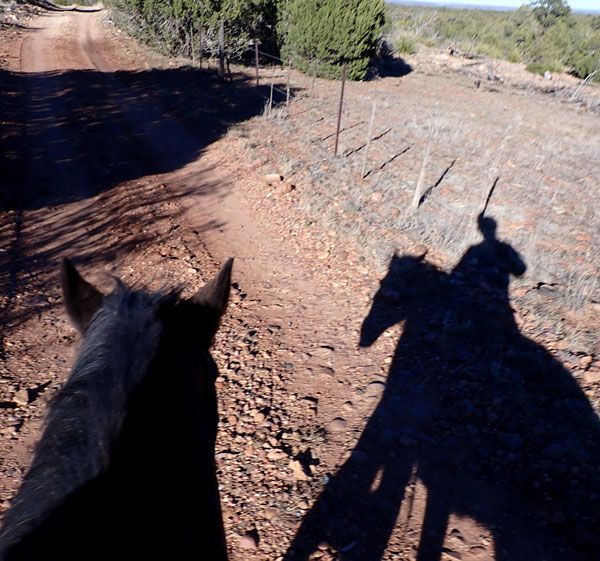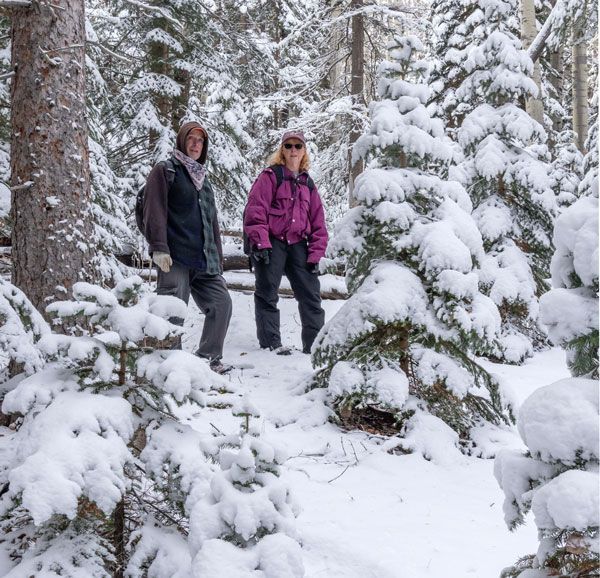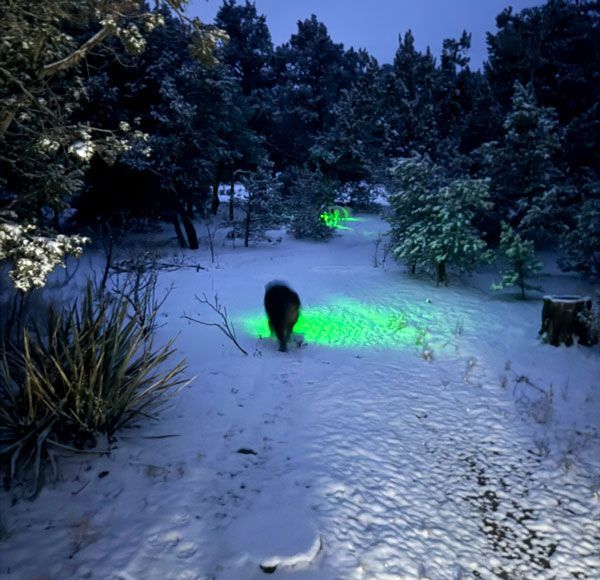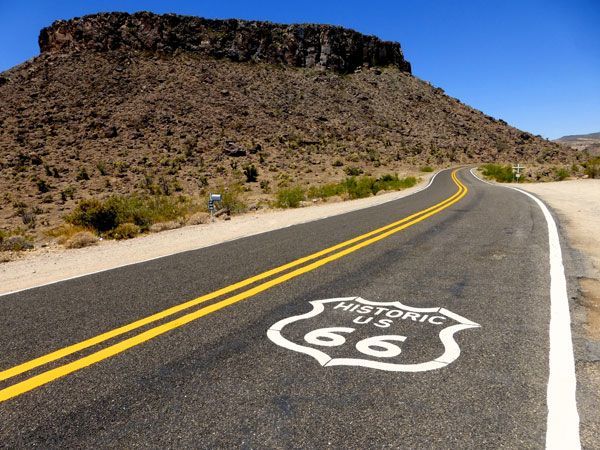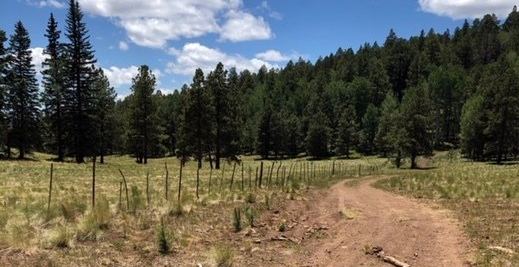
It was late morning, early in July. I was hiking solo high in the White Mountains looking for a rare Pine Grosbeak and had only a vague notion of where camp was. Back at camp (or close to it) were my three companions: Scott, Jeff and Josey; all of whom had opted to hike to a nearby lake in the opposite direction from my bird watching foray. Because none of us planned to be away from camp for too long (the morning, at the most), we hadn’t briefed each other as to the details of our respective outings prior to our separate departures. In fact, I didn’t really even have any details to my plan -- I was merely out for a few hours of carefree birding on the Apache-Sitgreaves National Forest (the “A-S”).
But somehow, after a few hours of walking without a destination and off any established trails (or even game trails, for that matter), I had gotten slightly turned around. The terrain and type of ground on which I hiked made navigation by dead reckoning problematic. The terrain consisted of patches of thick forest and numerous little hills and dales. The ground was mostly unsuited for boot impressions, being rocky and covered with a light, breeze-blown duff.
I wasn’t too worried though as I had marked our campsite with a GPS waypoint prior to my departure. Although, while hiking, I realized my batteries were quite low and might not last as long as I needed to assist me in finding my way back. On the plus side, I did have plenty of water and snacks plus a few items that I generally keep in my daypack including a Gerber multi-tool, an A-S map, a lighter, a small first-aid kit and a headlamp. I foolishly didn’t have spare batteries for my GPS (and the headlamp batteries were a different size) or an old-fashioned compass as I had recently broken my Silva compass and hadn’t yet bought a new one. I had a cheapo flipfone but it didn’t get service in this area although there were towers upon a local high peak so, if I had to, I could ascend to higher ground and perhaps be connected.
One thing that was certain -- once I had left camp -- I had hiked up-grade most of the morning (other than occasionally dipping down into one of the aforementioned shallow dales). So now, overall, I would be going downhill nearly all the way back to camp. And there were roads further down the mountain which I should pick up (or hear traffic on) before too terribly long. So, again, I wasn’t panicky but I was kicking myself for being so careless -- though it was far from the first time.
Eventually, I did come to a dirt road and was fairly sure that I should follow it to the south. I turned my nearly spent GPS back on (I had shut it off to save juice) and, surprisingly, my never terribly reliable instincts were accurate and so I headed along the road and back to another road that led down to camp. I was “home” and, Halleluiah, what a silly pain-in-the-arse the second half of the morning turned out to be; one that I certainly never should have let happen. Well, “live and learn” or, in my case: “live, learn, forget, re-learn, space-out, learn yet again and, eventually, hope for some good luck to go along with my declining mental faculties.”
As I sauntered into camp, Jeff and his devoted heeler, Josey-Wales, were both present and Jeff was cooking up some grub. Scott was off somewhere tooling around on his quad, perhaps exploring for a future trip to these parts. I said “howdy” to Jeff (without mentioning my embarrassing escapade) and gave Josey a quick and frisky rub-down. Then, I opened my cooler and grabbed a Tupperware of left-over beans and rice and wolfed it down while sitting on a camp-chair in the shade.
High up in an aspen snag, I heard the cries of baby birds. I used my binos to try and find the nest which, not unexpectedly, was inside a cavity that was revealed by a porthole, expertly excavated by one of the woodpecker species. It didn’t take long for a parent to come sailing in and land on the edge of the portal. It was a mostly black species but I couldn’t tell yet if it was a Hairy Woodpecker or a Three-toed Woodpecker. It’s a good thing bird-watchers capitalize proper nouns, given the number of species that one might be confused by, if, they thought the name merely included a descriptive adjective (for example: a hairy woodpecker as opposed to a bald woodpecker).
After waiting for the adult to return a second time (this go-around I was ready with my binoculars pre-positioned on the cavity opening), I discovered that the bird was neither of the two species I had thought it might be. It was instead, a Williamson’s Sapsucker (another species of woodpecker). Additionally, I soon learned that BOTH parents were feeding the largish youngins. I knew this because, when one of the adults returned a third time, it was the mother (the female Williamson’s being markedly different in plumage from the male -- the female’s back being mostly brown with horizontal black stripes rather than the male’s mostly black and un-striped back).
For an hour, I watched the family of sapsuckers. I was able to read some John Muir I had brought along on the trip and still keep tabs on the woodpeckers because every time a parent would swoop toward the nest, the young would kick up a racket and I had time to look up and observe another feeding. I kept rough track of how many feedings occurred during the hour and it turned out that: counting both parents, they visited the nest with food approximately 20 times -- a feeding by one or the other parent, every five minutes. Talk about “no rest for the weary,” I don’t think I’d want to be a woodpecker parent.
What I couldn’t tell (because the cavity was over 50 feet off the ground and also quite a horizontal distance from my chair) were how many young birds were in the nest. I suspected, given the fact that many other species already had fledgling young (that is to say: young that have permanently left the nest, even if they are not yet accomplished fliers), that maybe the great number of feedings meant that the feedings were being spread thin amongst a large brood of nestling sapsuckers whose fledgling day was delayed since they grew slower with less food.
My focus, split such as it was between the sapsuckers and John Muir, was interrupted when Scott came wheeling back into camp. Because the forest had yet to receive much rain, the dirt A-S roads were dusty and Scott was wearing a significant amount of said dust on his goggles and bandana. But he was exhilarated from both the ride and the scenery and told Jeff and me about a possible “perfect” campsite he had found that we could use the next time we traveled to these parts.
This particular camping trip was winding down and tonight would be our fourth and final night. When evening came, the four of us decided to stroll back down to the lake to watch the approaching twilight reflect off the water and to also monitor the moon’s ascension. Mallards, Ruddy Ducks and Gadwalls were slowly gliding along the lake’s calm, dark waters while in the reeds, grebes issued their unearthly cries. High overhead, the last hungry swallows of the evening were giving way to an increasing number of bug-devouring nighthawks.
The mood of the place was such that none of us talked while we took in the various sensory stimuli of the evening. Josey, always a quiet dog, was alert and attentive with levels of perception I couldn’t help but envy as I watched his cavernous ears rotate and his wet nose twitch in response to subtle sounds and odors undetectable to us humans.
As the big moon climbed higher in its trajectory, it lost any hint of the red side of the spectrum. To the unaided eye, it had the appearance of frosted glass. Since it was now far too dark to watch the water birds through my binoculars, I turned them instead to the moon. The topography was easily revealed under magnification and the bright whiteness of much of the surface stood in contrast to its blue-gray craters and maria.
Eventually, the four of us headed back to camp and to our individual cots and tents. Morning came too soon and it was time for me to head home -- hours ahead of my comrades since I had an appointment to keep in town. We said our good-byes, knowing that most likely we would be back out this way in the Fall for another camping trip.
I drove out and soon was on the primary dirt road leading back to the highway. Because the Independence Day holiday was only a few days off, the main dirt road was already heavily traveled by dirt-bikes, “quads” and “side-by-sides.” Most of the these belonged to massive group camps of RVs that had taken short spur roads off the main dirt drag where they had established huge gatherings of mechanized recreators. While I think it is important that our National Forests be open to many types of outdoor appreciation, I nonetheless can’t really relate to those who choose to bring civilization into the wildlands with them.
“To each his own,” they say. Maybe some day, things will come to exactly that and we will partition our public lands into chunks dedicated exclusively to each type of user group: the dirt-bike group, the RV crowd, the car campers, the backpackers, etc.
I guess, to some extent, that was partially the goal of the Wilderness Act -- which established tracts of public lands that are open only to non-mechanized users. For most of my life, I have been able to access those types of lands because I was young, reasonably fit and fully mobile. Now, well into my 60s, I realize my backpacking days are rapidly coming to an end. As such, I’m grateful that we still have some relatively secluded places where I can still get away from the RV type of access but can still drive a high-clearance, designated dirt road that allows me to have some semblance of being in the wilds.
In short: Viva la Outdoors and long live total wilderness. Just knowing that official Wilderness Areas exist will help to make my less mobile to very-old man years more contented and peaceful. And at that point, I will still derive joy just from watching sapsuckers drill into the tree trunks in my own backyard.


